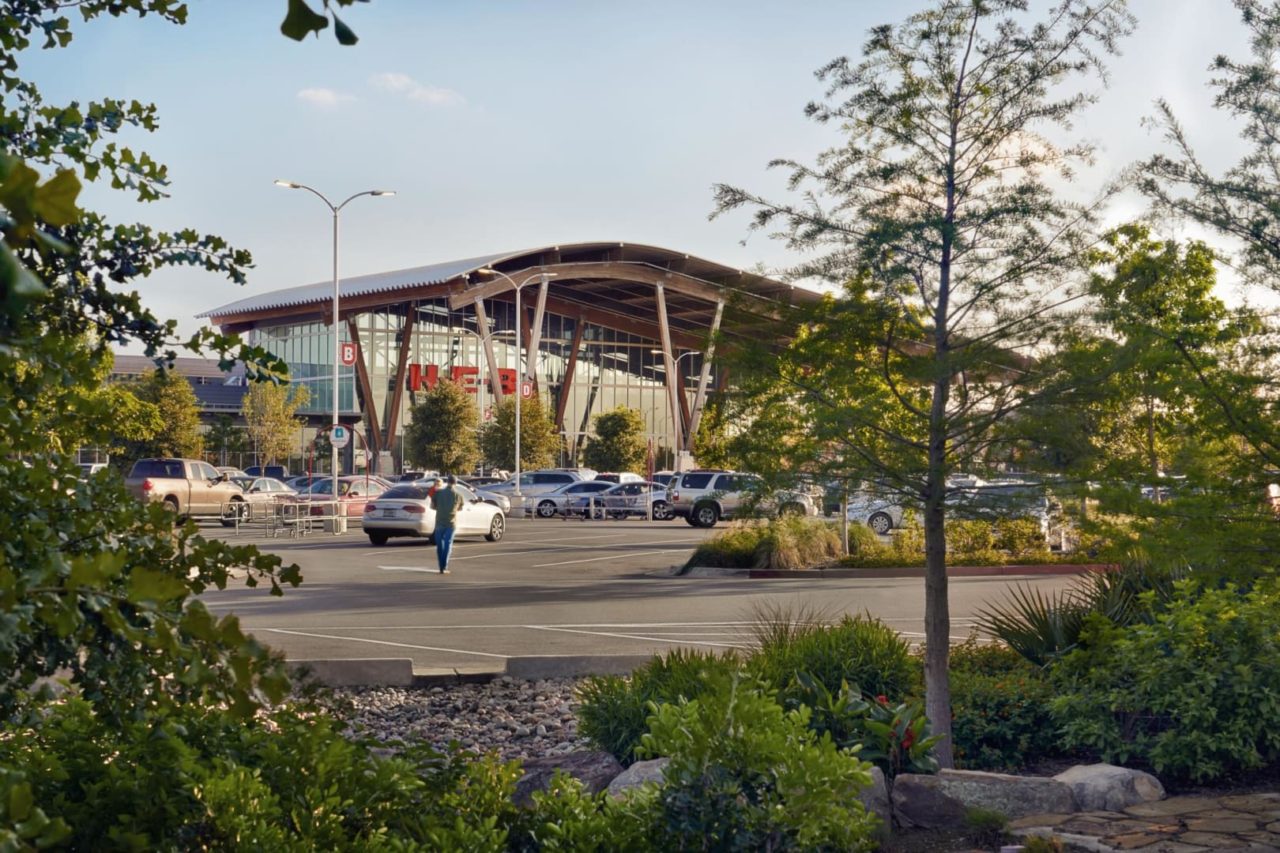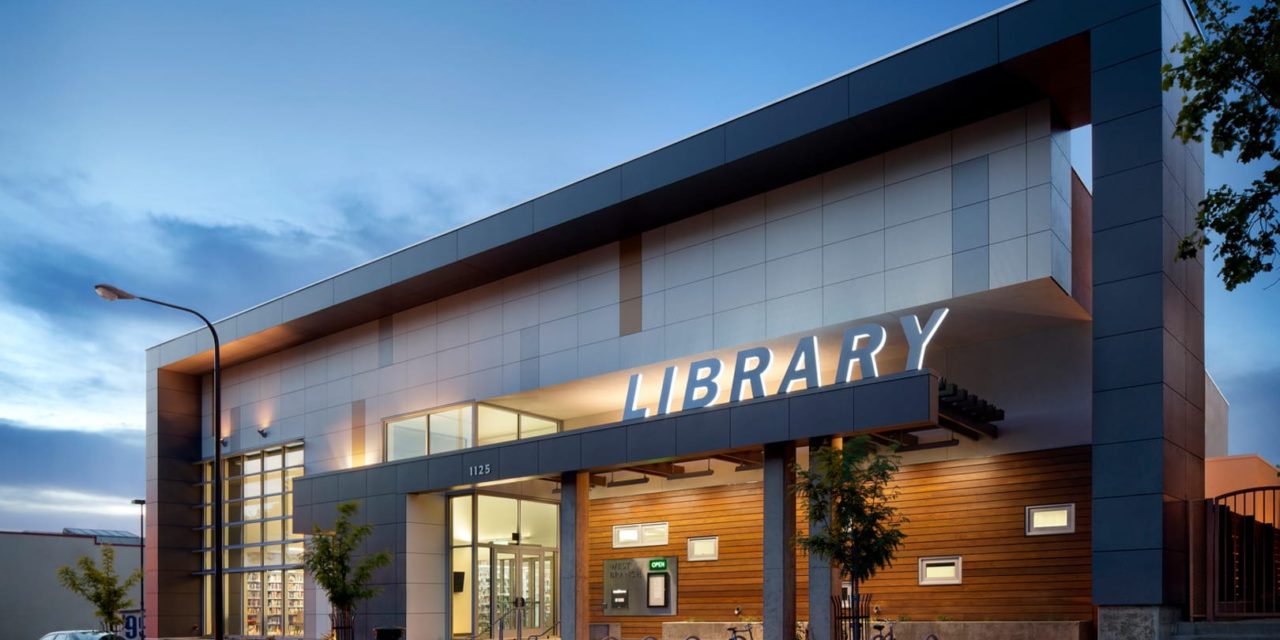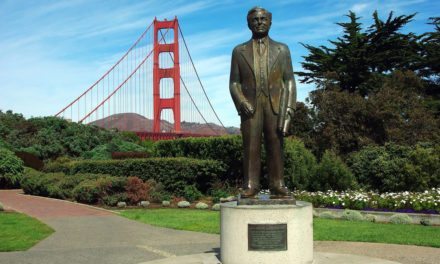The United Nations Conference on Housing and Sustainable Development (Habitat III) is taking place in Quito, Ecuador on October 17th – 21st. The goal of the conference is the adoption of a New Urban Agenda that intends to set global standards of achievement in sustainable urban development.
The American Institute of Architects (AIA) is sending a delegation of topical experts led by AIA President, Russell Davidson, FAIA, who will be moderating the panel, Building Better Environments: Resilience, Health & Design.
“This is an ideal opportunity to share how design practices are responding to the multitude of environmental and ecological shocks and stresses to foster thriving urban spaces,” said Davidson. “Architects and planners will be discussing their first-hand experiences in addressing global challenges ranging from rising sea levels to skyrocketing housing costs, with an eye on the future and other emerging urbanization issues and how we can orchestrate solutions to transform our communities.”
The delegation also includes:
- Thomas V. Vonier, FAIA, 2016 AIA First Vice President/2017 President
- Jamie Blosser, AIA, executive director of the Santa Fe Art Institute
- Mary Kell, AIA, acting chief resilience officer for the City of Tulsa
- Catherine Baker, AIA, principal at Landon Bone Baker Architects
There will be an exhibit on display of a carefully curated collection of projects selected from various AIA award programs. These projects were chosen to be showcased because they are scalable and can be replicated in environments around the world.
The featured projects include:
Dorchester Art + Housing Collaborative
The project emphasizes collaboration both in development with participation of public, private and non-profit sectors, but also the way in which it engages with art by setting aside residences for artists—a first for public housing—selected with assistance from the community.
Fayetteville 2030: Food City Scenario
This initiative demonstrates that green and urban spaces can coexist. By bringing productive agriculture into urban contexts, the project is able to address food security and health while not having to sacrifice development.
Building Hope Community + Water Initiative
A new center with a program that builds community and provides needed resources stands to potentially curb neighborhood conflict and begin the community healing process. The center stands as not only a replicable model, but also as an immediate community element to bring neighbors back together physically in daily interactions and emotionally in the new resources being provided.
H-E-B at Mueller
This grocery store, a building type known for high energy consumption, reduced usage by 64% for the purpose of passing along savings to the consumer. The building does this while also improving natural lighting and dedicating spaces to community use.

H-E-B at Mueller, an 83,587-square-foot retail store and fresh food market, slashed its energy use by an estimated 64 percent over the grocery store national median while achieving a more comfortable customer environment. H-E-B at Mueller in Austin, Texas. Lake|Flato Architects and H-E-B Design + Construction. Credit: Lake|Flato
West Branch of the Berkeley Library
The project exemplifies how civic projects can use integrated and collaborative design processes even with the limited budget of the public bid project. The library is a success for the use of integrated, collaborative design process and innovative ventilation and daylighting strategies, all while serving its public mission.
Flycycle High Density Bike Rack
Despite its small scale, the project is able to facilitate greater bike use through making bike parking easier to use and allowing greater density. The design is attractive, easily produced, and flexible.
AIA leadership and topical experts are available for media inquiries prior to and immediately following their return from the conference. High-resolution images of the projects selected for the exhibit are available upon request.
About The American Institute of Architects
Founded in 1857, the American Institute of Architects consistently works to create more valuable, healthy, secure, and sustainable buildings, neighborhoods, and communities. Through nearly 300 state and local chapters, the AIA advocates for public policies that promote economic vitality and public wellbeing. Members adhere to a code of ethics and conduct to ensure the highest professional standards. The AIA provides members with tools and resources to assist them in their careers and business as well as engaging civic and government leaders and the public to find solutions to pressing issues facing our communities, institutions, nation and world. Visit www.aia.org.




